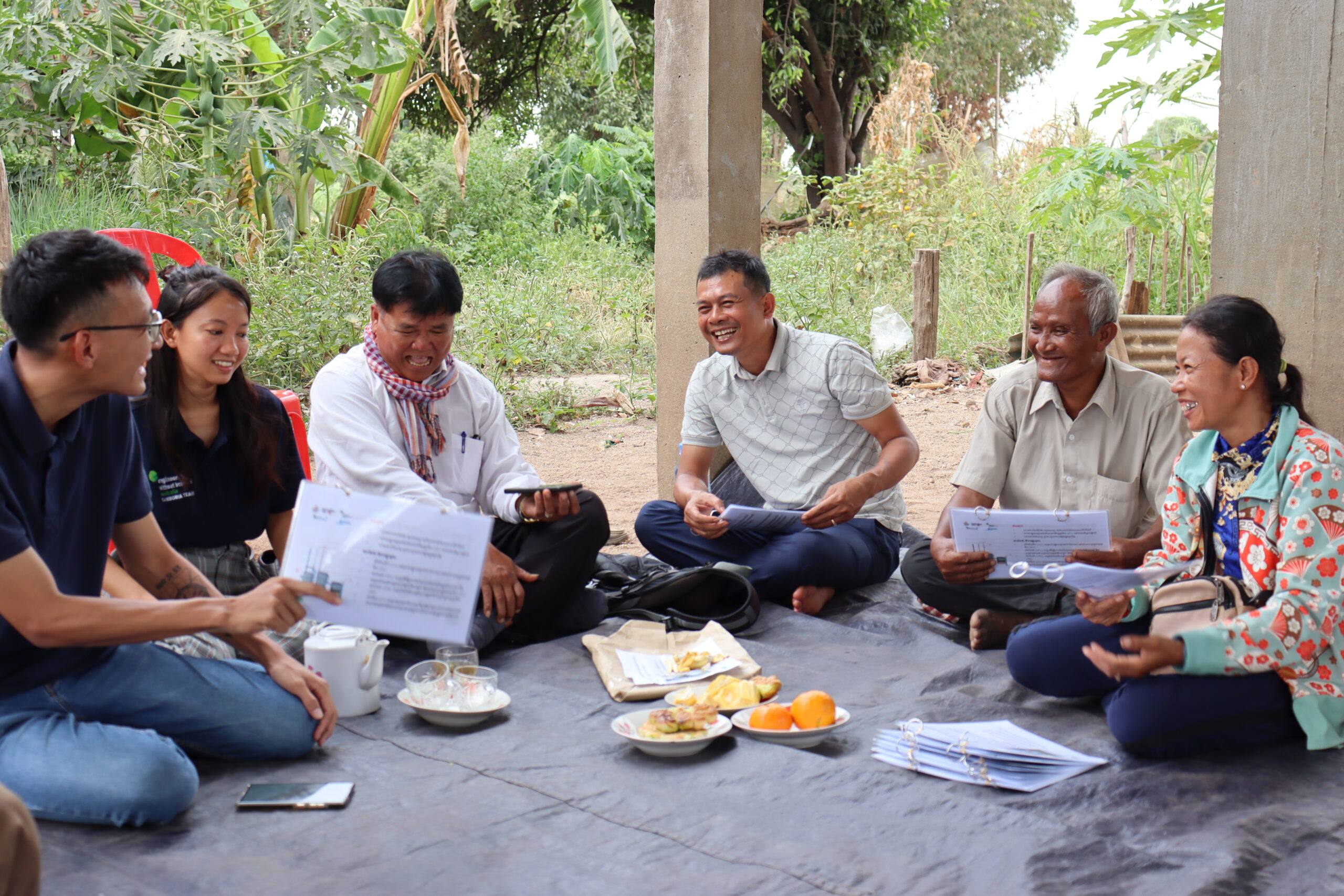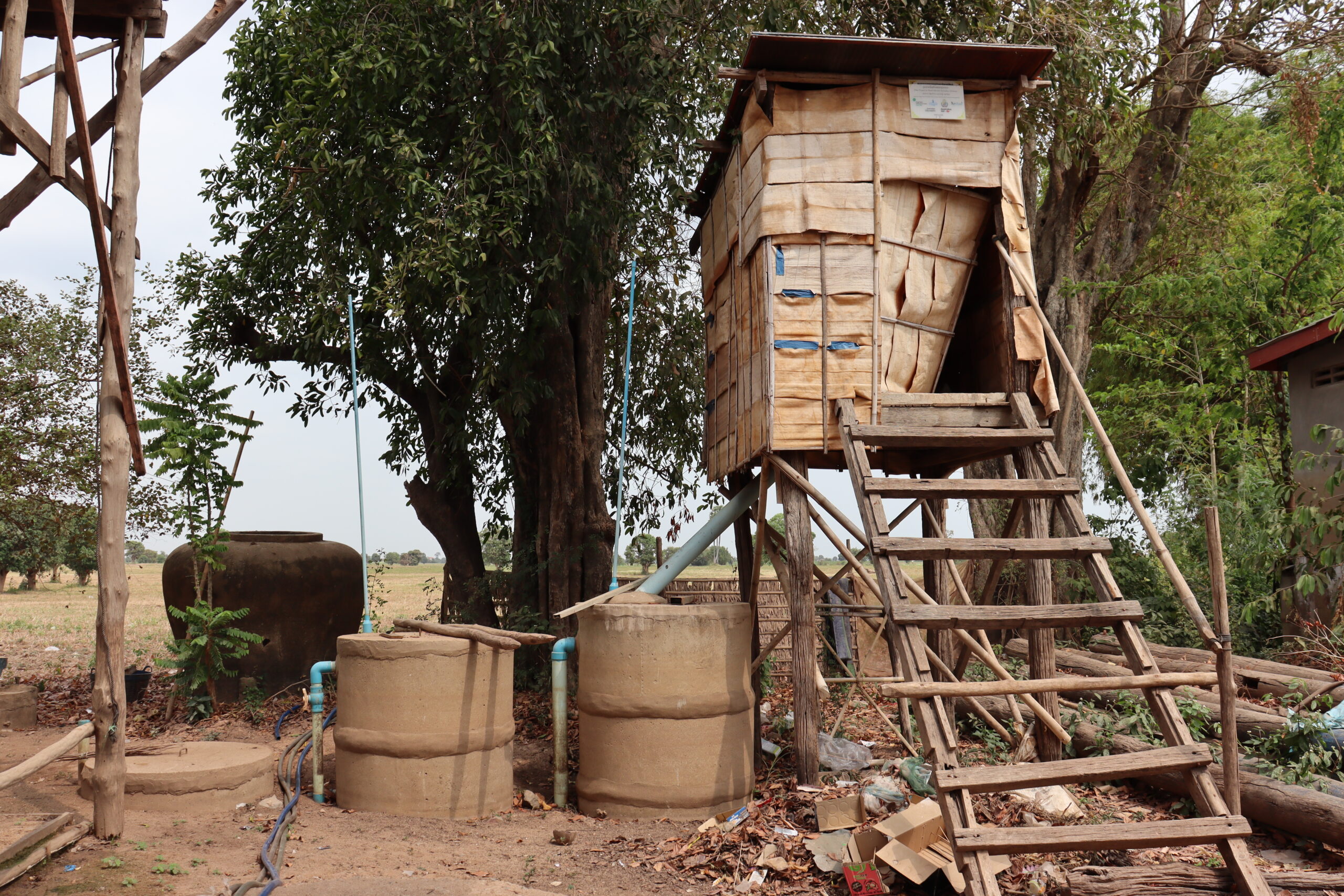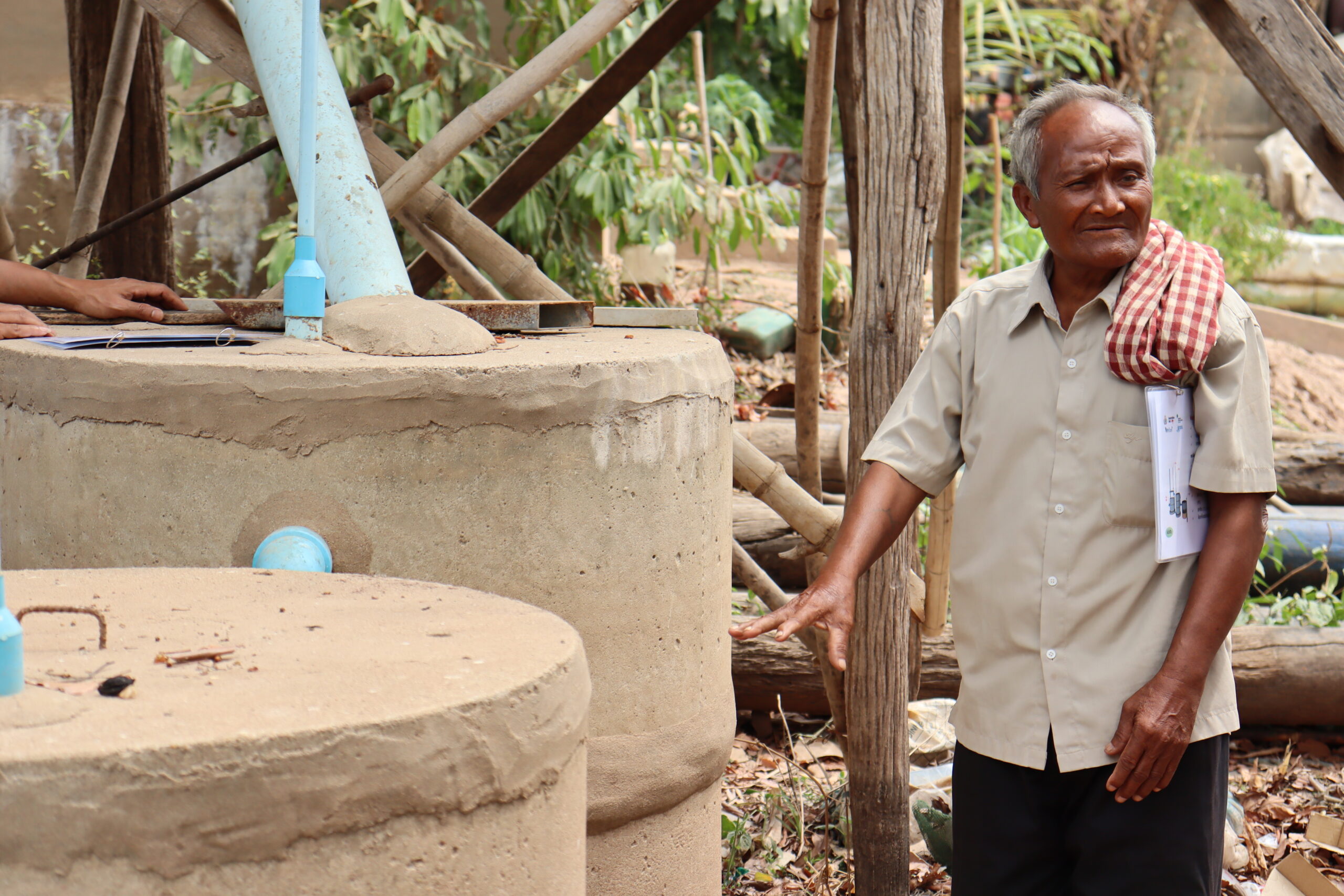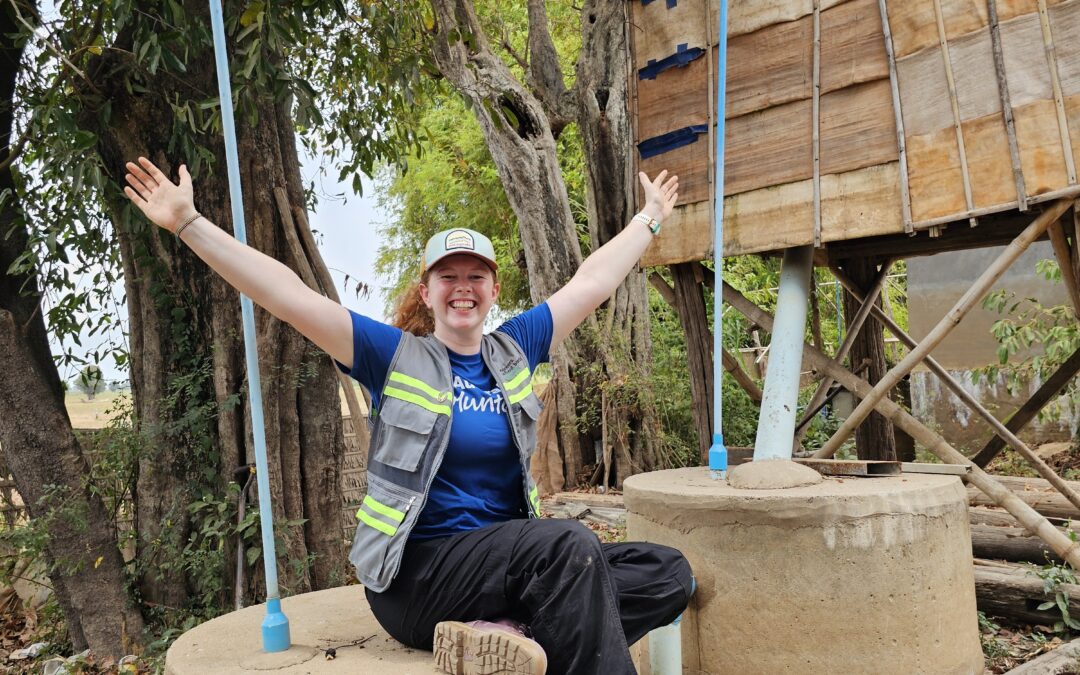We’re living in the golden age of toilet design. It sounds like a weird thing to say but the idea of an inside toilet that immediately flushes waste away through a series of underground pipes is the kind of thing that would blow the minds of people living just 100 years ago. Indeed, for many people today who don’t have access to safe, sanitary toilets, it might also seem like a dream. This is something the EWB Cambodia team is working to fix.
The problem facing the people of Kampong Chhnang, a province located two hours out of Phnom Penh, is that a lack of access to appropriately designed toilets is forcing people to open defecate. It is estimated up to 81% of Cambodians living in rural areas practise open defecation.
“[Being forced to practise open defecation] is really challenging for women,” said Ratha Kong, the EWB Engineering Program Manager in Cambodia. “If someone catches them, they feel [a lot of] shame.”
This practice is not ideal for many reasons – as well as not being a dignified way to live, it also risks waste matter contaminated drinking water and fields, affecting the health and well-being of the community. The World Health Organisation calls open defecation “a vicious cycle of disease and poverty” and the Cambodian government is working hard to become open defecation free (ODF) by 2025.

The EWB Australia in Cambodia team with the community during a monitoring and evaluation trip.
This is the context Ratha and the team discovered when they scoped the Kampong Chhnang project. To help the Cambodian government reach ODF by 2025, EWB trialled installation of flood-proof toilets in rural Cambodia as part of our Sanitation in Challenging Environments program. The provincial government and partner organisation, Rainwater Cambodia, coordinated and chose a small village to collaborate with – Krapeu Pul, in the Kampong Chhnang province.
When the EWB team went in to do field interviews, they found an environmental, social and economic situation that made the toilet design even more complicated. The Kampong Chhnang province is in the alluvial plain of central Cambodia and is flooded and drained by the Tonle Sap, a tributary of the Mekong River. In June each year, when monsoon season begins, the province is flooded and water quickly rises up the stilted houses, often lapping at the door. This means anything below the flood line would rise too.
Due to the flooding, for many months each year, a conventional toilet wouldn’t be much good. And, in fact, many families in the area couldn’t afford one anyway. While interviewing families, they quickly realised a standard-issue sewerage system wouldn’t work either. The configuration of houses was also a problem, as many families didn’t have much space to start with and ground space above the flood line was even more limited. The people did make one thing clear: the toilet design must be usable year-round.

Australian Volunteer Program Field Professional, Meg Cummins, during a monitoring and evaluation visit to Kampong Chhnang.
“We observed that most of the toilets [are] constructed on the ground level so cannot be used during a flooding event,” says Chanrika Keo, the EWB Engineering Technology Officer on the project. The existing toilets in town are underwater for three or four months of the year which was contributing to the open defecation problem.
Finally, the design of the toilet needed to conform to social and economic parameters – it needed to be affordable, easy to construct and maintain, and built from easy-to-procure, local materials. Out of this miasma of criteria came an incredibly innovative EWB design – the aptly named Snorkel Toilet.

One of 11 Snorkel Toilets during the dry season in Kampong Chhnang province.
The idea behind the Snorkel Toilet isn’t like anything you might see in conventional sewerage configurations. It’s a regulation toilet, elevated above flood level, and connected to three large pits. The main pit is for sludge storage, then a wastewater storage pit, and finally a leach field pit. The main and wastewater pits are completely sealed and this is a crucial part of the design, to stop the faecal matter from leaching into the environment.
Here’s how it works. Faecal matter is collected, as you might expect, in the main pit. Wastewater is collected and held in the wastewater pit where the filtration process begins. After that, it’s directed into the leach field pit which is filled with layers of charcoal, sand and aggregate (all locally sourced) used to filter the wastewater before it flows out into the environment. During flooding, the pits are completely submerged and a switch is used to turn off the flow of wastewater into the leach field pit. The EWB team is performing long-term monitoring to confirm the efficacy of the system.

A Kampong Chhnang resident next to the septic tanks installed as part of the Snorkel Toilet.
“We finished construction in 2022 and after that, we left it with the families to use for a while,” said Chanrika. “We also started the monitoring process. We went to the field in March 2023 and we started to collect wastewater from our toilet system, comparing it between the wastewater in the first pit.”
Pressing question though… How often does the sludge pit need to be emptied? According to Ratha, for an average family of five, it only needs emptying every three years.
The Snorkel Toilet is being trialled with 11 families in Krapeu Pul. The efficacy of the design relies on the ease with which the toilet and superstructure (that houses the toilet) can be constructed by the families and the construction partners. Giving the community control over certain elements of the design is important. This also means part of the monitoring process is to see what happens when the families make small variations.

EWB Engineering Program Manager, Ratha Kong, during a monitoring and evaluation visit to Kampong Chhnang province.
The monitoring process is still ongoing but the EWB team are already incredibly proud of the progress they’ve made. “I’m proud of the team and also proud of this project; we want to see the community and the environment in good health,” Ratha said.
The materials for this unique and life-saving toilet design make it affordable enough to be constructed locally for just under $300. This work would not have been possible without the support of the EWB donor community.
If you’d like your money to fund incredible and impactful projects like this, please consider making a monthly gift to EWB. Your small monthly act of generosity will have a big impact for communities across the Asia Pacific.
EWB Australia’s work in Cambodia receives support from the Australian Government through the Australian NGO Cooperation Program (ANCP).


